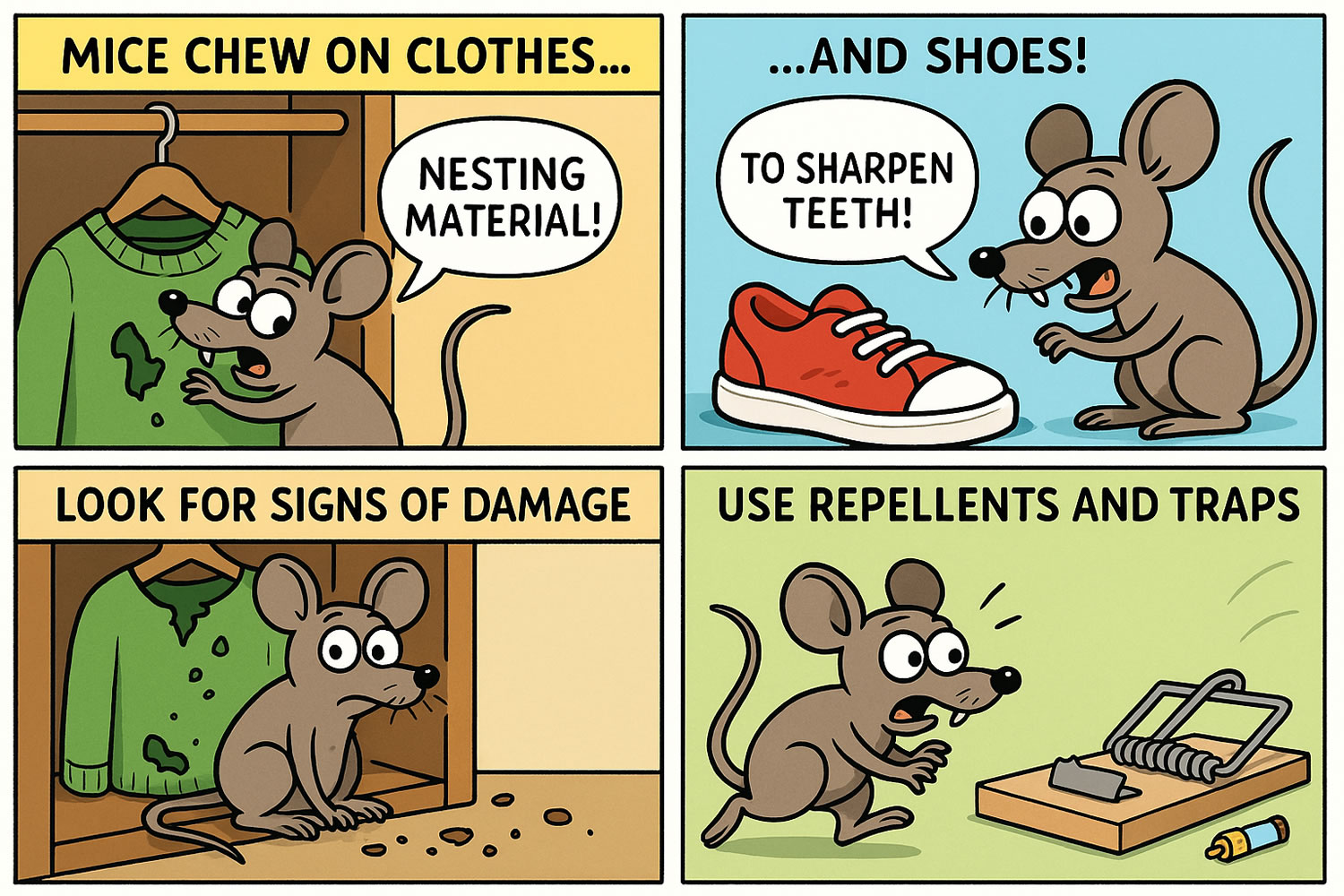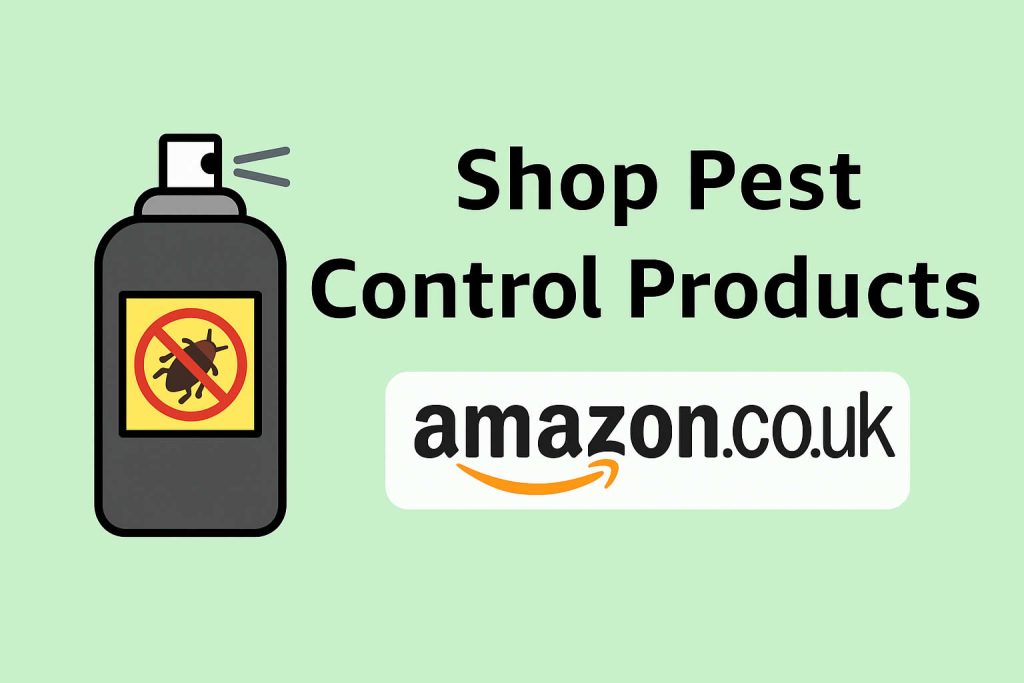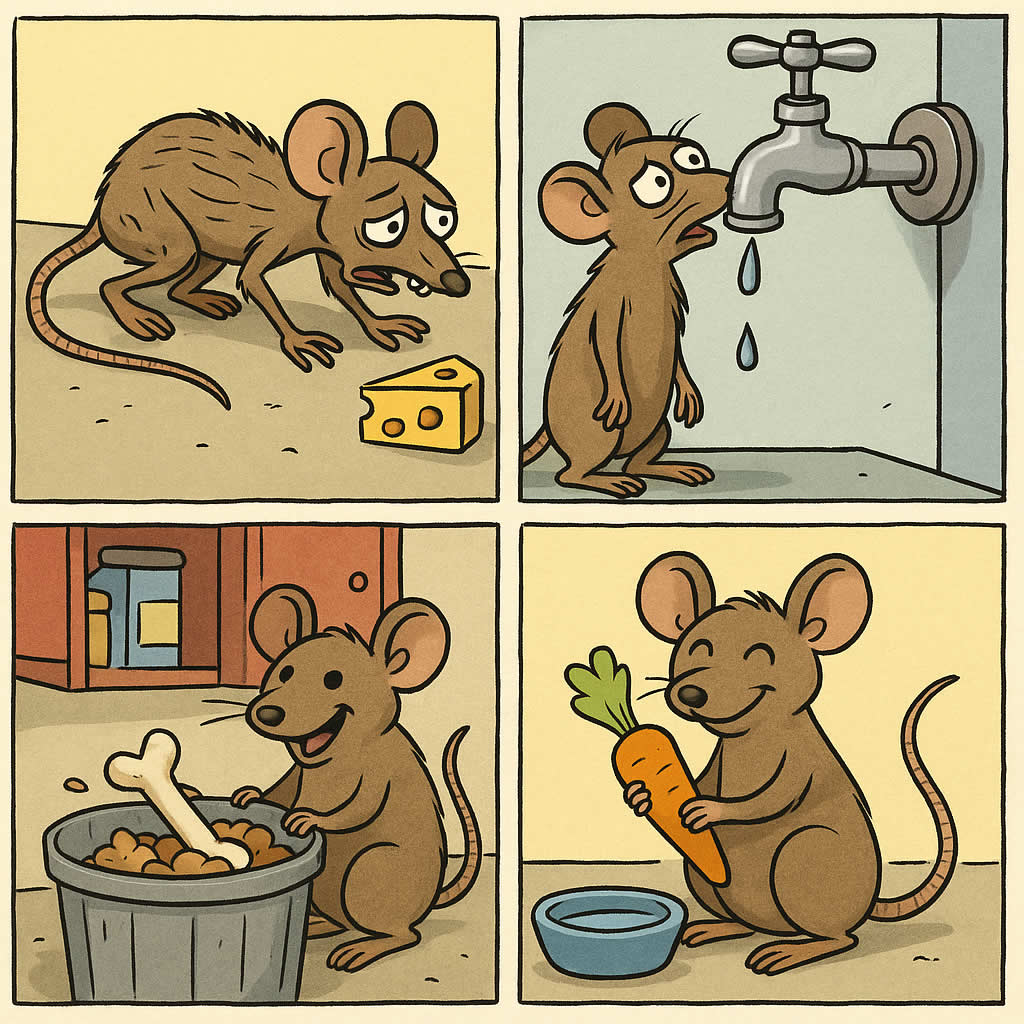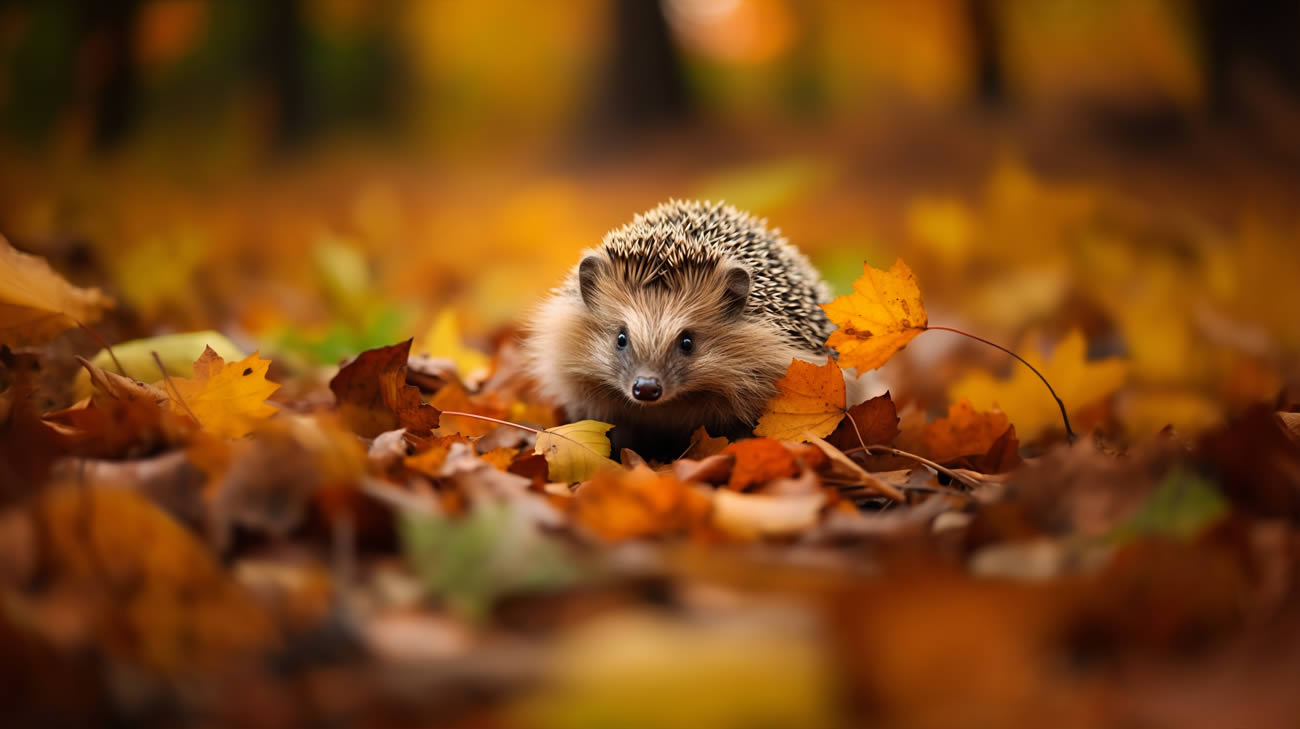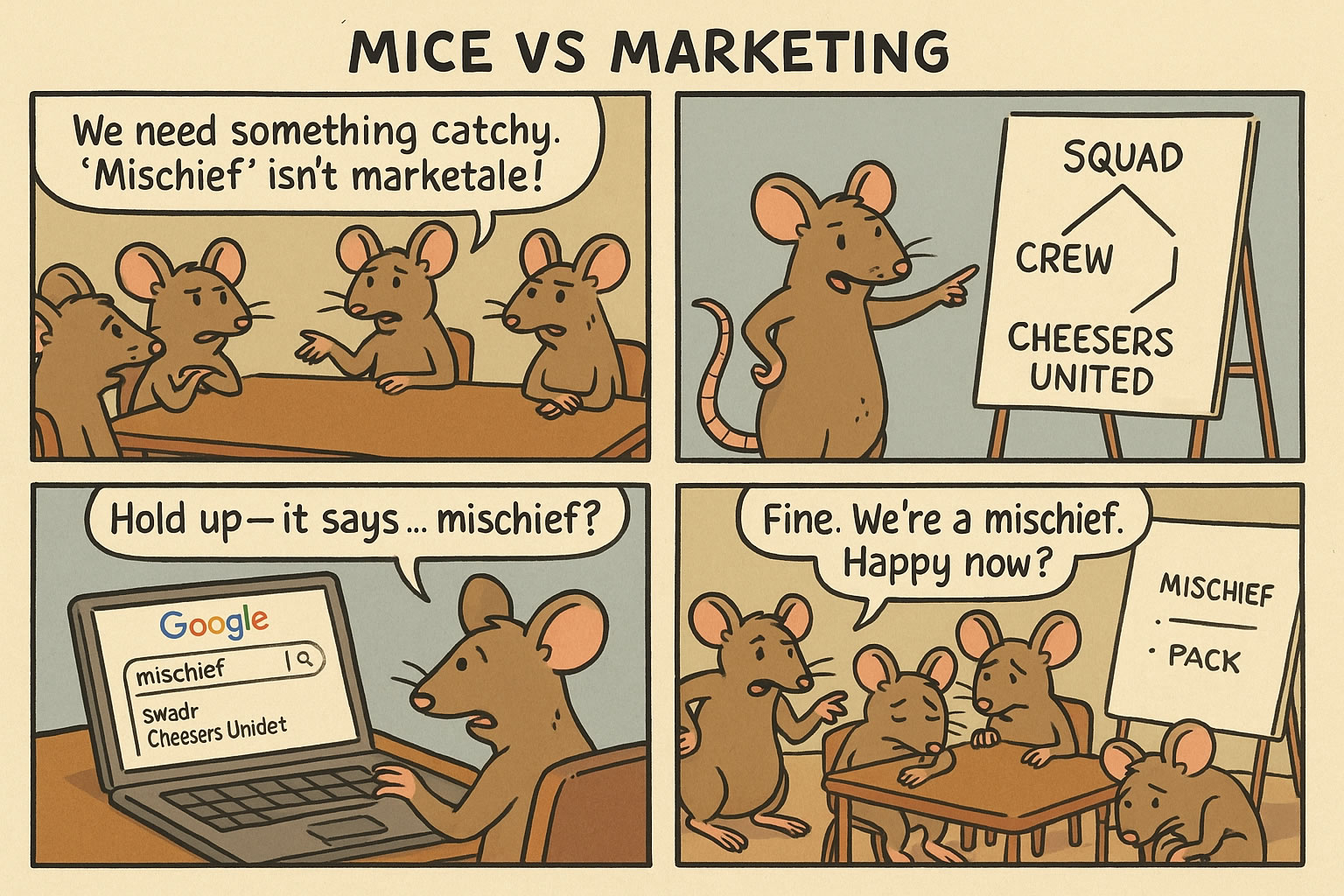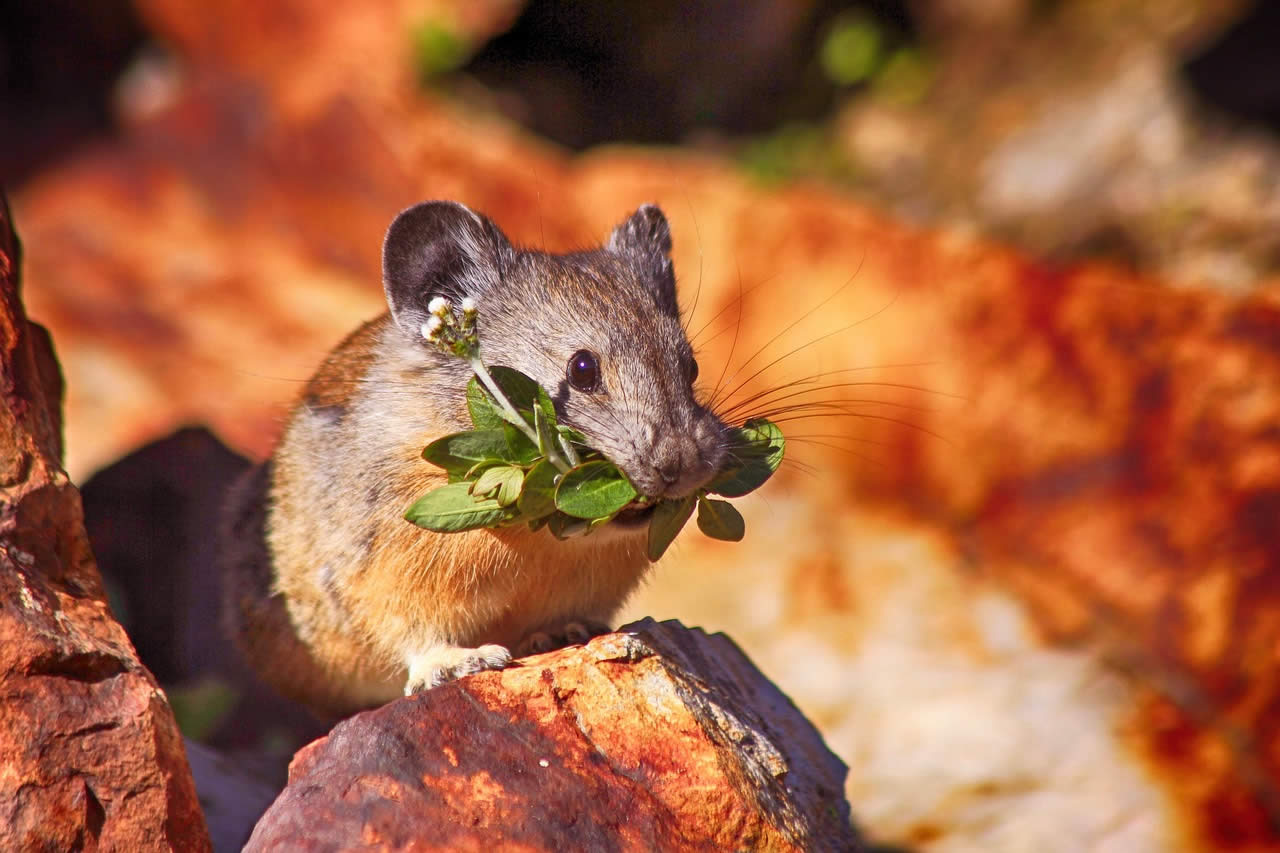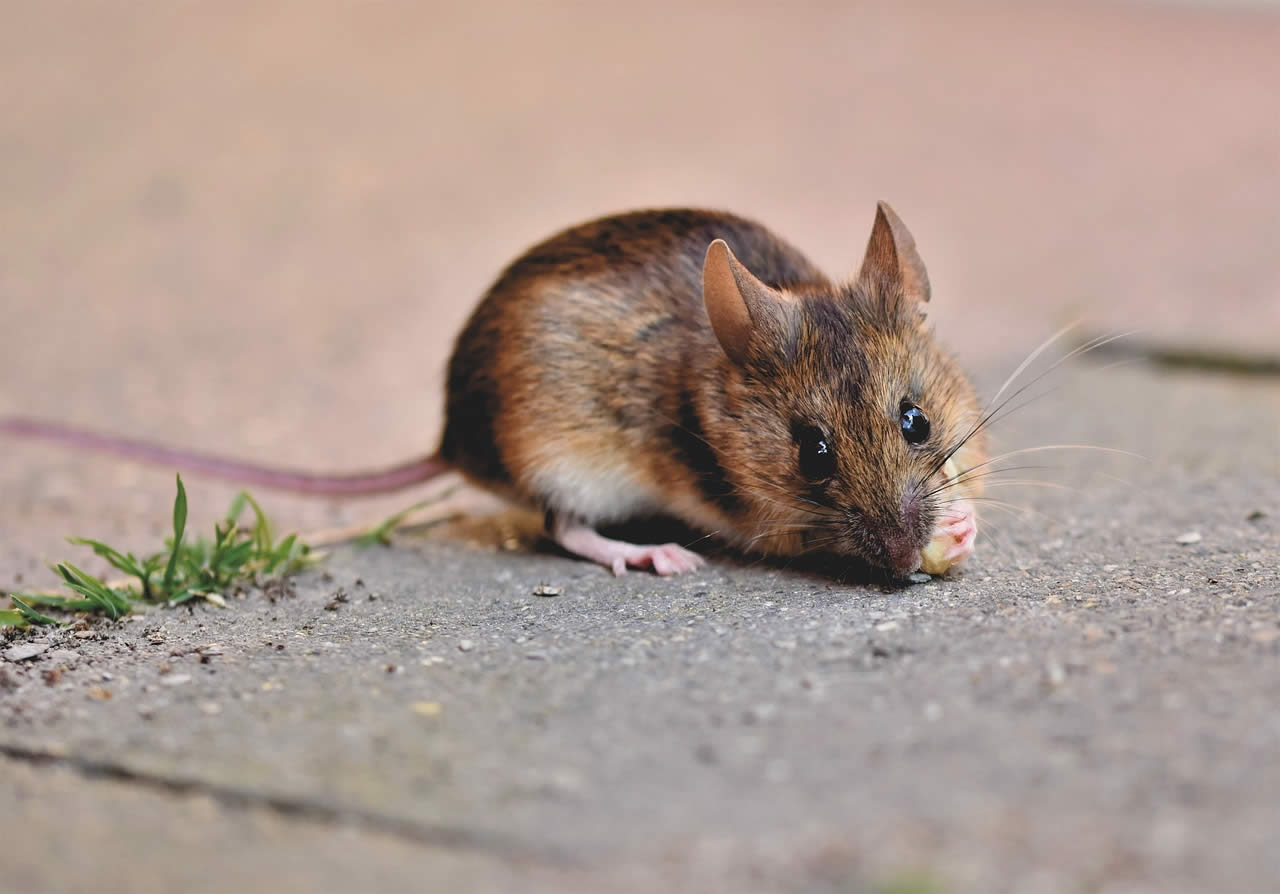Related Queries
ToggleIf you’ve pulled out a jumper or a favourite pair of trainers and noticed holes, fraying, or strange smells, you might be wondering—do mice actually eat clothes and shoes? It’s not something you expect to worry about in your own home, especially if your wardrobe’s tidy and everything seems fine on the surface.
But yes, mice can—and do—damage clothes, shoes, and other soft belongings. They don’t eat them in the way they eat food, but they chew through them, and the result’s the same. Ruined items. Stress. And the creeping thought that mice might be hiding nearby.
This guide walks you through why mice target your things, how to spot the signs, what to do about it, and how to make sure it doesn’t happen again. It’s all in plain English. Straight to the point. So you can sort it and stop it.
Can Mice Really Eat Clothes and Shoes?
Not exactly. Mice don’t eat fabric or leather for nutrition—but they will chew through them. The reason isn’t hunger. It’s instinct. Mice need to keep their teeth short, and they’re constantly looking for nesting material. Clothes, shoes, bags, and even curtains all become fair game.
So while they’re not digesting cotton or suede, they’re ripping through them to either create space, sharpen teeth, or grab something soft for their nests.
Why Do Mice Chew Clothes and Shoes?
There are a few reasons why mice head for your wardrobe, and it’s not always obvious.
- Nesting material – Mice love anything soft, warm, and easy to tear. Jumpers, socks, linings in shoes—they’re perfect for nest building.
- Access routes – Mice often chew to make holes, not to eat. If they’re trying to get from one place to another, your wardrobe or drawer might be in the way.
- Hidden food smells – Any scent of food on your clothes can attract them. Even crumbs, oil stains, or dried sweat can draw their attention.
- Dark, undisturbed spaces – Mice go where they feel safe. A storage box, a closet corner, or the back of a wardrobe you rarely open? It’s like a free hotel for them.
What Kind of Clothes and Shoes Do Mice Go For?
They don’t really have favourites, but they’re drawn to:
- Natural fibres like wool, cotton, and linen
- Insulated linings in boots or coats
- Soft fabric shoes, especially trainers and slippers
- Anything that’s been stored in cardboard or paper bags
- Items left in garages, lofts, or under-stairs cupboards
Basically, if it’s soft, easy to shred, and you haven’t touched it for a while, it’s vulnerable.
What Are the Signs That Mice Are Chewing Your Clothes or Shoes?
If you’re not sure whether mice are the problem, look for:
- Small holes or tears in fabrics, especially near seams or edges
- Chewed laces or linings in your shoes
- Shredded bits of cloth in corners or drawers
- Droppings, usually like small black grains of rice
- Musky smells around wardrobes or cupboards
- Grease marks or rub trails where they’ve squeezed through tight spots
You might also find nests made from a mix of fabric, paper, and fluff. These are usually hidden in corners, behind furniture, or inside storage boxes.
Is It Just Clothes and Shoes, or Will They Damage Other Things Too?
Unfortunately, mice don’t stop at clothes. Once they’re in your home, they’ll chew through:
- Electrical wires (a serious fire hazard)
- Insulation
- Paper or books
- Furniture padding
- Cardboard packaging
It’s not just about the things they destroy. It’s about the health risks too—mice carry diseases and can trigger allergies.
Can Mice Live in Wardrobes or Cupboards?
Yes, and they often do. A wardrobe makes an ideal shelter. It’s dark, quiet, and usually not disturbed for long periods. If there’s a way in (like a small gap near the floor or a hole in the wall), they’ll use it.
Lofts, attics, under-bed storage, and built-in cupboards are all common hiding spots. Once inside, they’ll nest, chew, and multiply if you don’t catch it early.
How Do You Get Rid of Mice If You Find Them in Your Wardrobe?
If you’ve found signs of mice, you’ll want to act quickly but safely. Here’s what you should do:
- Remove everything – Take out all clothes and shoes from the area. Check each item for damage and wash anything that’s been exposed.
- Clean thoroughly – Hoover and disinfect the wardrobe, including corners and underneath any built-in shelving.
- Look for entry points – Check the back, floor, and wall for holes or gaps. Mice can squeeze through spaces as small as a pencil width.
- Seal up access – Use steel wool and sealant or rodent-proof mesh to block any gaps. Mice will chew through foam or plastic, so don’t rely on that.
- Set traps if needed – Snap traps or catch-and-release traps can work. Avoid poison if pets or children are around.
- Call pest control – If it’s more than one or two mice, or if you can’t find the source, it’s time to bring in a professional.
How Do You Stop Mice From Damaging Clothes in Future?
Once you’ve dealt with the problem, the key is to keep it from happening again. You can do that by:
- Storing clothes in airtight plastic containers, not cardboard
- Avoiding clutter—mice love mess
- Vacuuming and cleaning regularly, especially in quiet corners
- Checking for signs every few weeks in storage areas
- Using natural repellents, like peppermint oil or clove oil near entry points
- Keeping food sealed and stored properly—even in rooms you don’t eat in
If you keep your wardrobe and storage tidy, sealed, and well-checked, mice will have fewer reasons to hang around.
What Materials Do Mice Avoid?
They don’t like chewing through:
- Hard plastic
- Metal
- Thick glass
- Some treated woods
So if you’re looking to protect things long-term, go for storage boxes made of tough plastic with a sealed lid. Vacuum bags also work well and are space-saving too.
Can Clothes Damaged by Mice Be Saved?
It depends. Minor holes or frays might be repairable, but larger damage is often irreversible. Always wash the items thoroughly if you suspect mice have been near them—droppings and urine can carry harmful bacteria.
For shoes, check the soles, linings, and stitching. If they’ve been chewed through, it’s usually safer to bin them than try to patch them.
Are There Any Health Risks if Mice Have Been in My Wardrobe?
Yes, there are. Mice leave behind urine, droppings, and dander. These can:
- Trigger asthma or allergies
- Spread bacteria like salmonella
- Contaminate fabrics and stored goods
Always handle mouse-contaminated items with gloves, wash them in hot water (60°C or higher), and clean the surrounding area with disinfectant.
Do Mice Only Come Into Homes in Winter?
Winter pushes mice indoors more often because they’re looking for warmth and food—but they can come in any time of year. If there’s an easy entry point and a quiet place to settle, they’ll take it.
Keep an eye out year-round, especially if you’re storing clothes seasonally or using lofts and garages to stash stuff you don’t check often.
Should I Be Worried If I’ve Found One Mouse?
Yes, because there’s rarely just one. Mice breed quickly. A single pair can turn into dozens within a few months. If you’ve seen one or found signs, act as though there’s more. It’s the only way to get ahead of it.
How Long Can a Mouse Live in a Wardrobe Undetected?
A mouse could live in a wardrobe for weeks—or longer—without you knowing, especially if there’s easy access to food and water somewhere nearby. That’s why early detection matters. Small signs now can stop a big infestation later.
What’s the Fastest Way to Mouse-Proof My Storage Areas?
Start with these steps:
- Seal every gap, crack, or hole you can find
- Use plastic containers instead of boxes or bags
- Avoid storing clothes in lofts or garages without protection
- Keep areas dry—mice are less attracted to dry, well-lit spaces
- Use a scent deterrent near skirting boards and wardrobe bases
If you’re consistent, you’ll make your home far less appealing to mice.
Final Thoughts: Keep Your Clothes Safe and Stop Mice in Their Tracks
Mice might not eat clothes like they eat cheese, but they will chew through your favourite jacket or trainers without hesitation. If you’ve found damage, act quickly. Clean up. Block them out. Store your things smartly. And stay alert.
It’s not just about saving your wardrobe. It’s about protecting your space, your health, and your peace of mind.
If you’re not sure how bad the problem is, or you feel out of your depth, don’t wait. A quick call to pest control now could save you a lot of stress—and a lot of money—later.
You’ve got this.
Pest Control Maulden – Pest Control Skimpot – Pest Control Chalgrave
